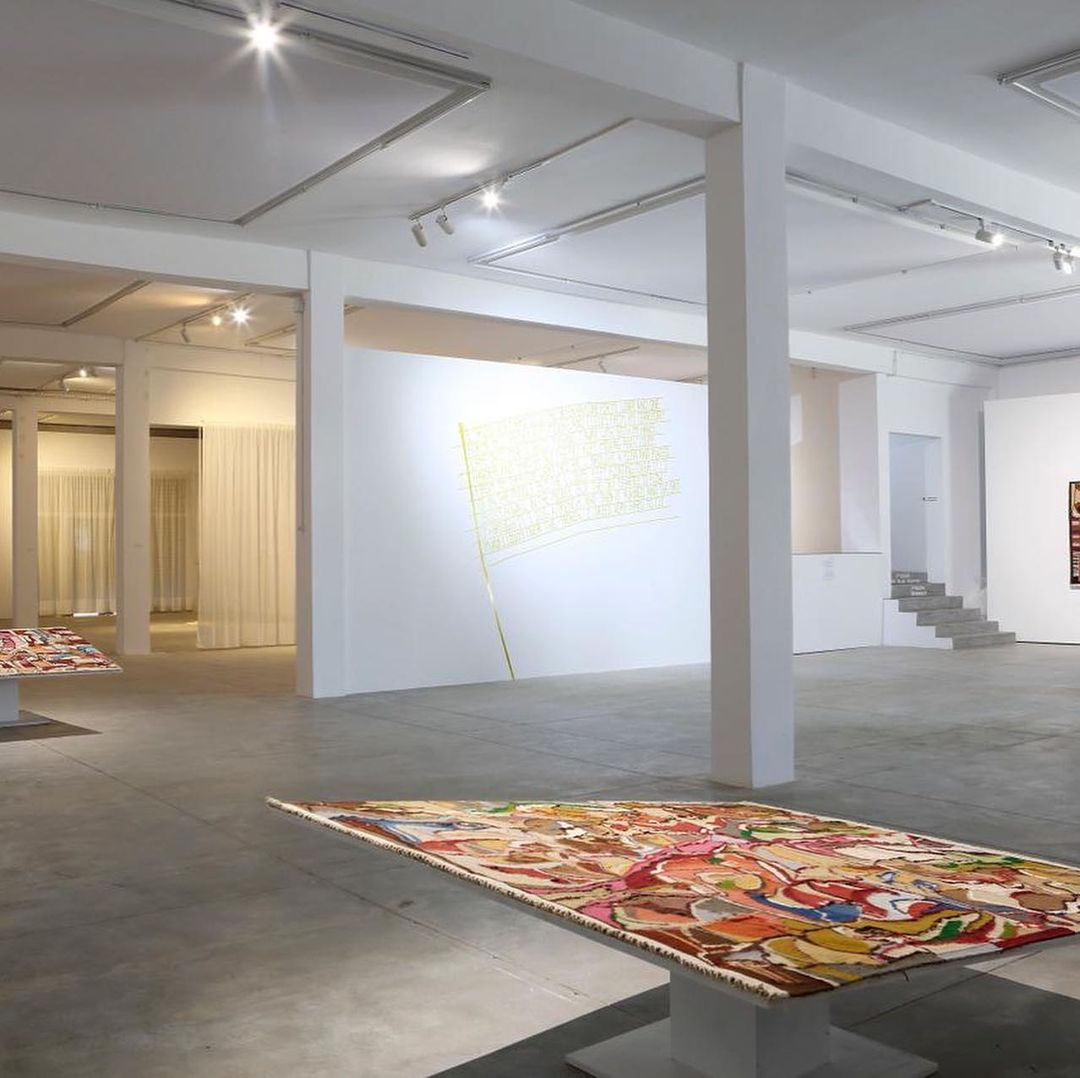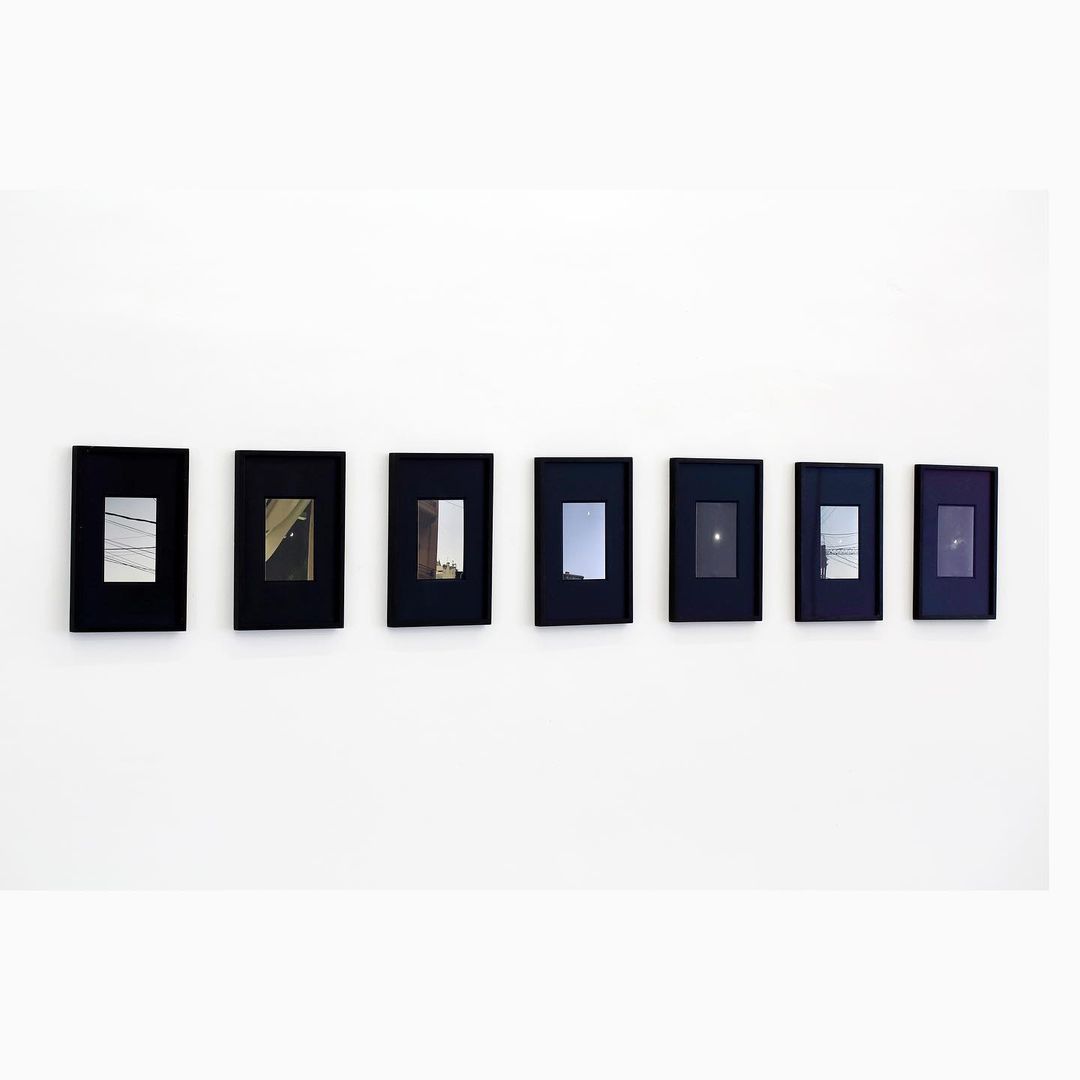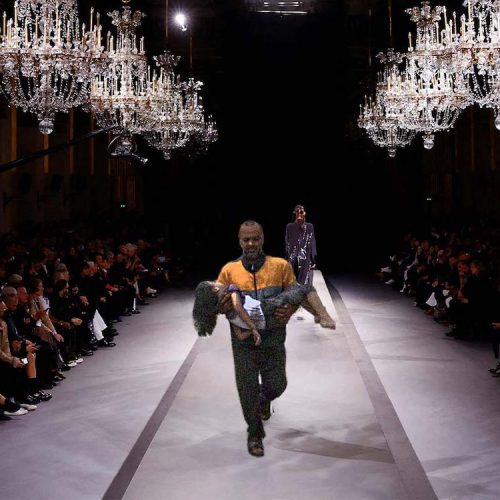With its emblematic black and white striped façade, it’s hard to overlook B7L9’s presence in Tunis’s rural suburb Bhar Lazreg. Since its opening in the impoverished neighbourhood in 2019, the Kamel Lazaar Foundation-backed art station has what it takes to democratize art in the North African nation.
Last month, the institution opened its doors for the first time of the year to welcome five regional and international artists including Morocco’s Amina Saoudi Aït Khay, Iraq’s Hanaa Malallah, Lebanon’s Stéphanie Saadé, Canada’s Hajra Waheed and India’s Shilpa Gupta—and the exhibition is a must-see.

 Through diverse mediums from art installations to textiles and videos, ‘Seen and Unseen’ invites the audience to decrypt the conceptual and metaphorical artworks through personal interpretation and suggestion.
Through diverse mediums from art installations to textiles and videos, ‘Seen and Unseen’ invites the audience to decrypt the conceptual and metaphorical artworks through personal interpretation and suggestion.
Diving into their own individual stories and memories, the artists use the notion of time—be it fractured, condensed, or circular—as an ubiquitous component in their works.

 A concept brought to life in the form of tapestries by Amina Saoudi Aït Khay, which are produced over long timescales, merging improvisation and rhythm. The Casablanca-born artist, who moved to Tunis in the 80s, has developed a personal weaving technique along the years combining contemporary design and revisited Maghreb heritage and Moroccan traditions.
A concept brought to life in the form of tapestries by Amina Saoudi Aït Khay, which are produced over long timescales, merging improvisation and rhythm. The Casablanca-born artist, who moved to Tunis in the 80s, has developed a personal weaving technique along the years combining contemporary design and revisited Maghreb heritage and Moroccan traditions.
Khay isn’t the only one tapping into both her heritage and the notion of time, Beirut-born Stéphanie Saadé does the same through her work. Her piece ‘Building a Home with Time,’ on showcase at the exhibition, is subtly based on the exact number of days from her birth to the end of the Lebanese Civil War in 1990. A beautiful harmony of metaphors, clues, and poetics.

 Breaking away from time’s linear nature, Montreal-based Hajar Waheed employs the elliptical shape of the spiral to absorb the audience into the heart of her video work. ‘The Spiral’ addresses the confluence of politics and poetics.
Breaking away from time’s linear nature, Montreal-based Hajar Waheed employs the elliptical shape of the spiral to absorb the audience into the heart of her video work. ‘The Spiral’ addresses the confluence of politics and poetics.
‘Seen and Unseen’ runs until 7 March 2021 at B7L9 Art Station, Tunis.









